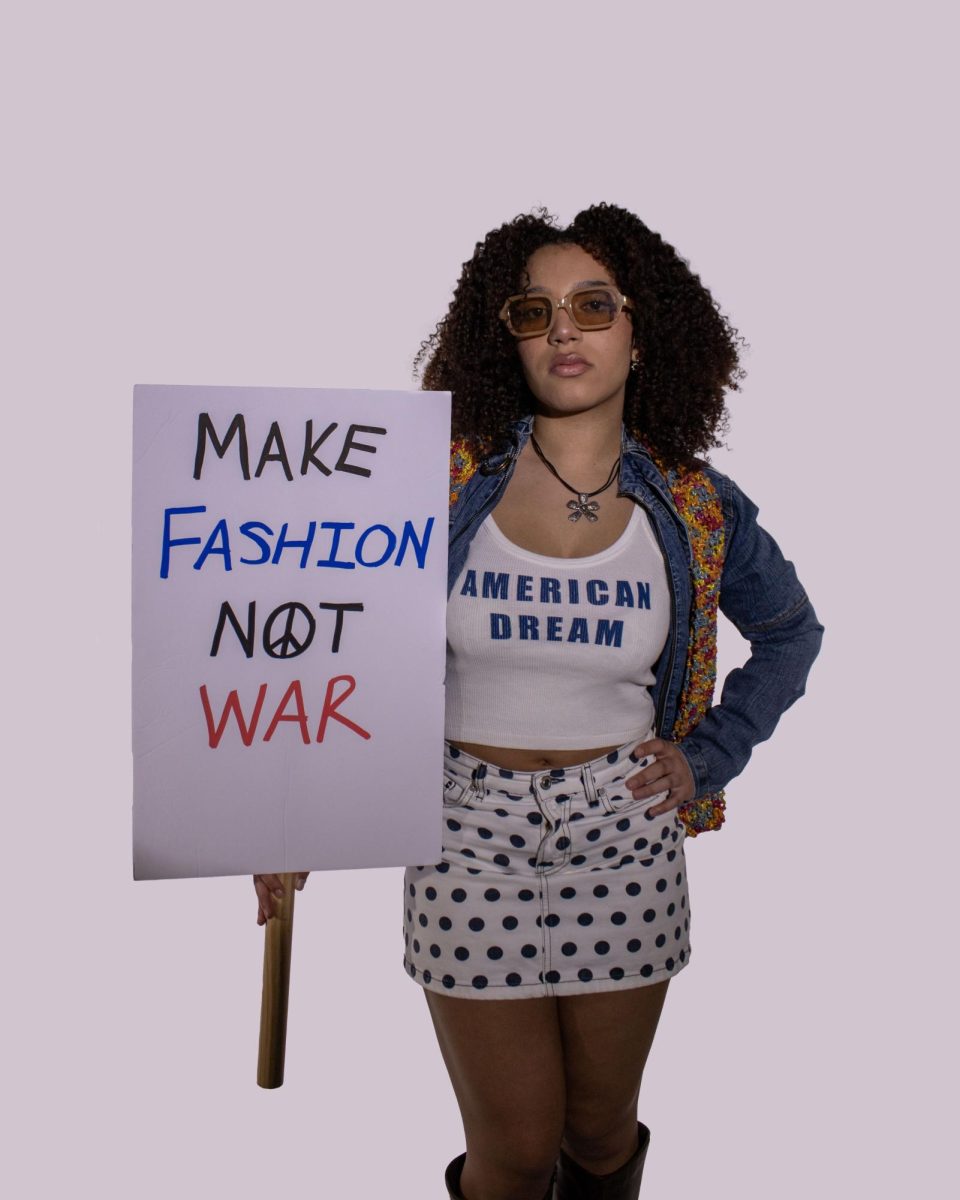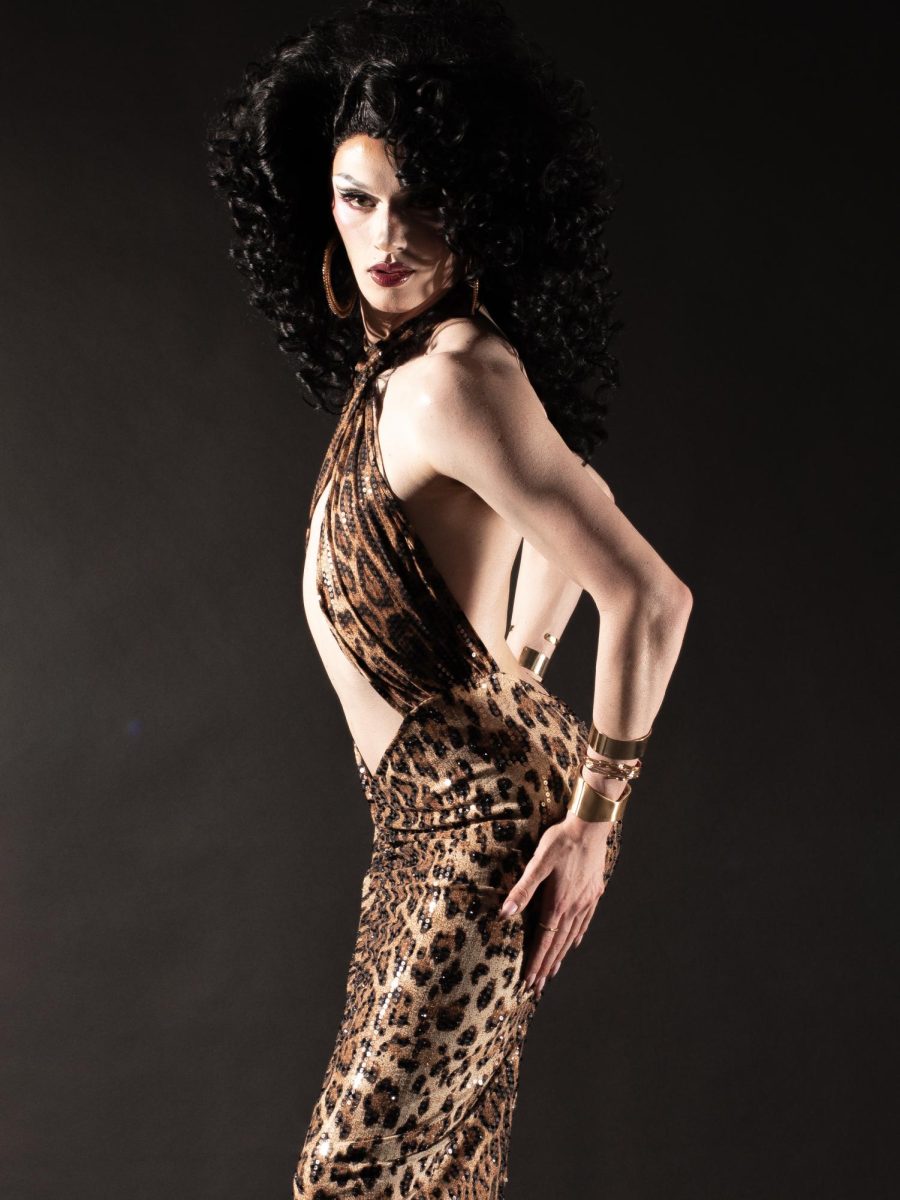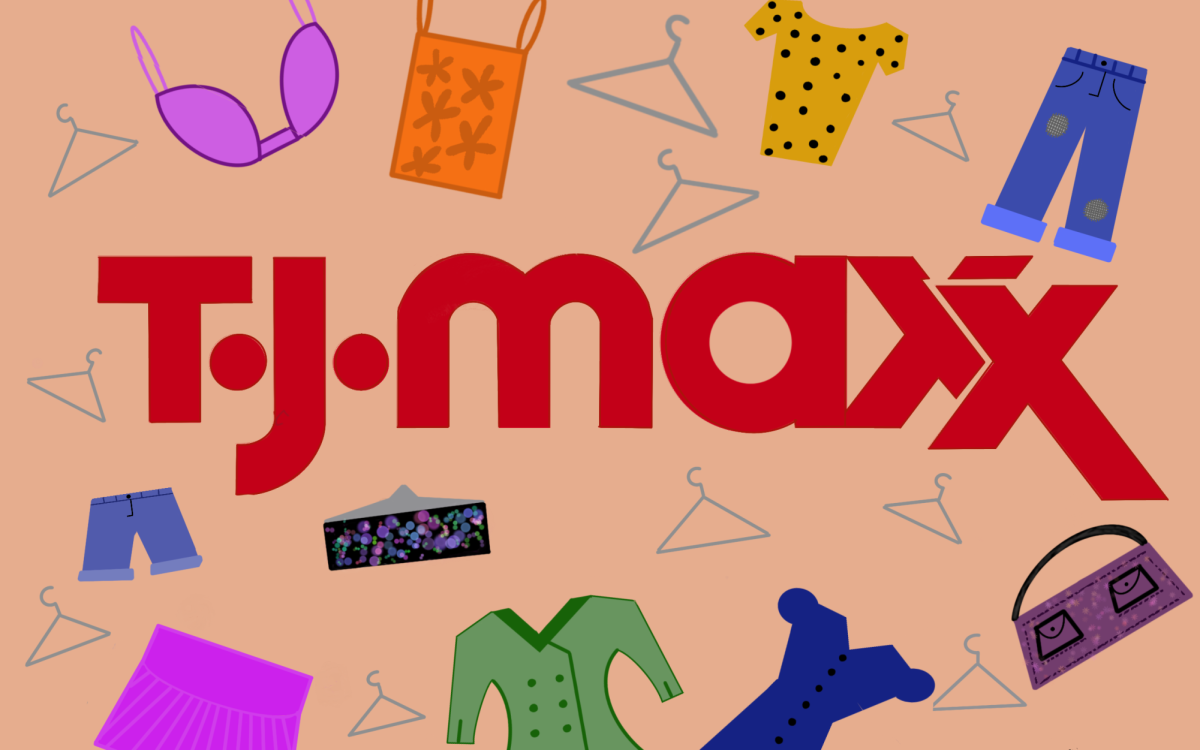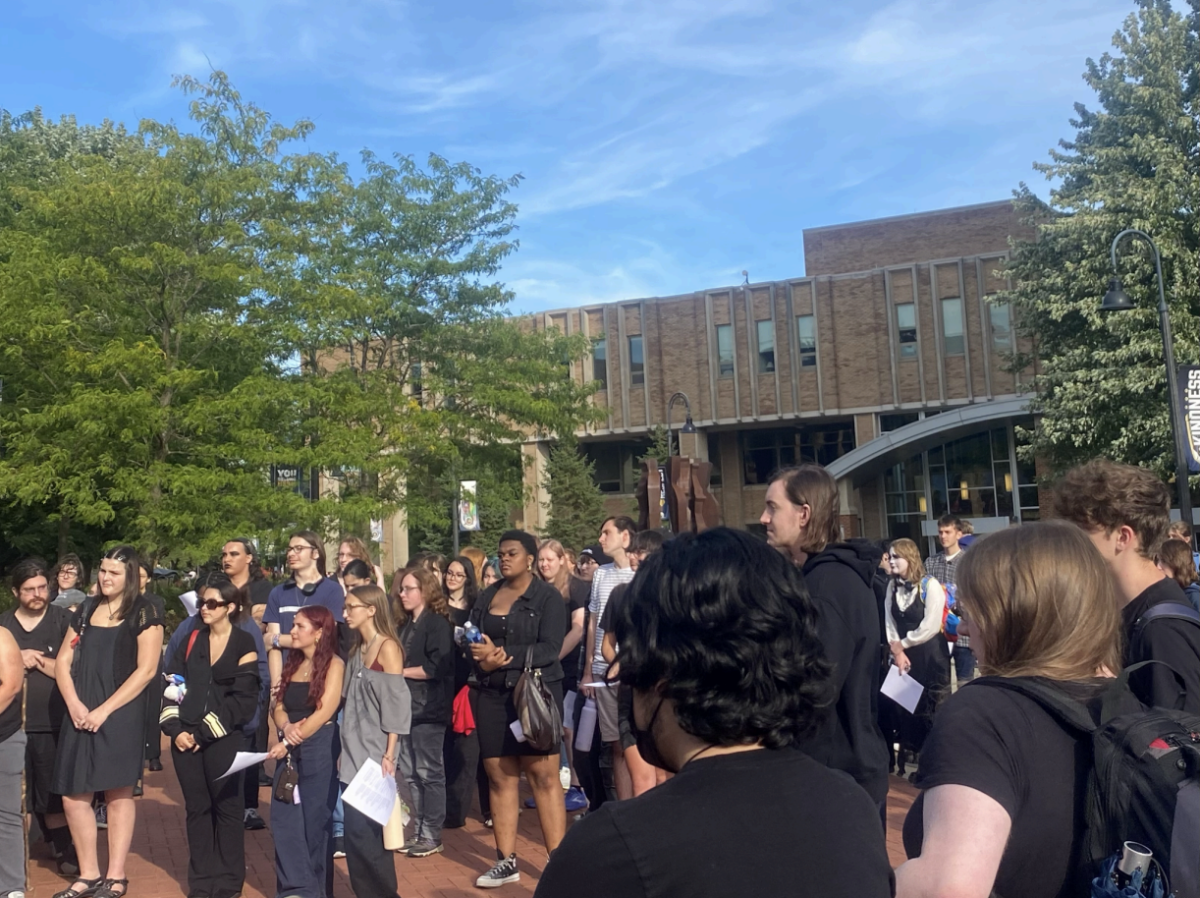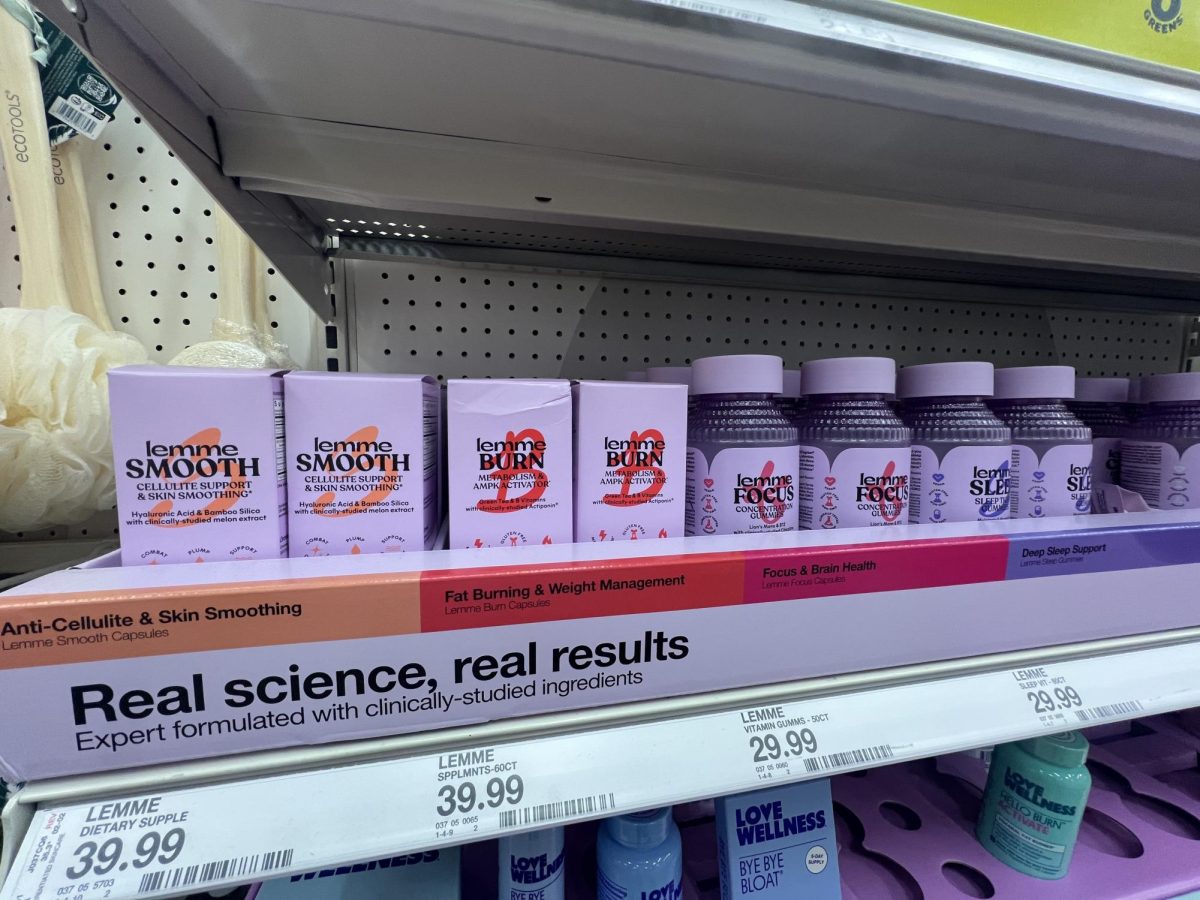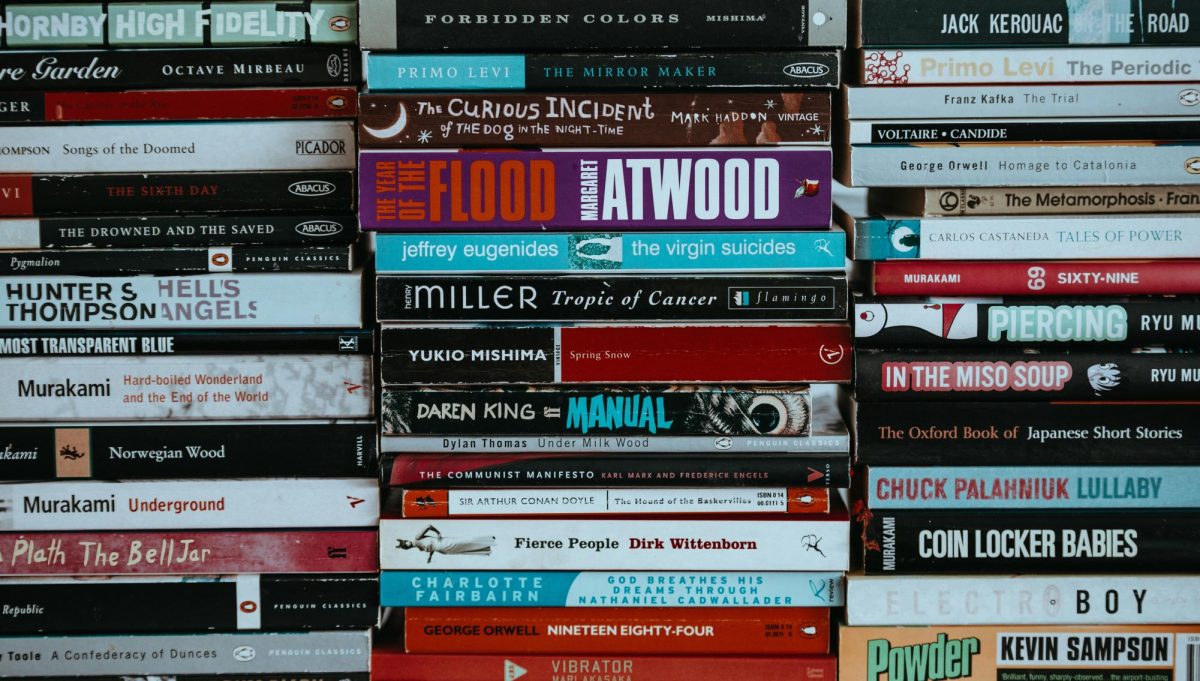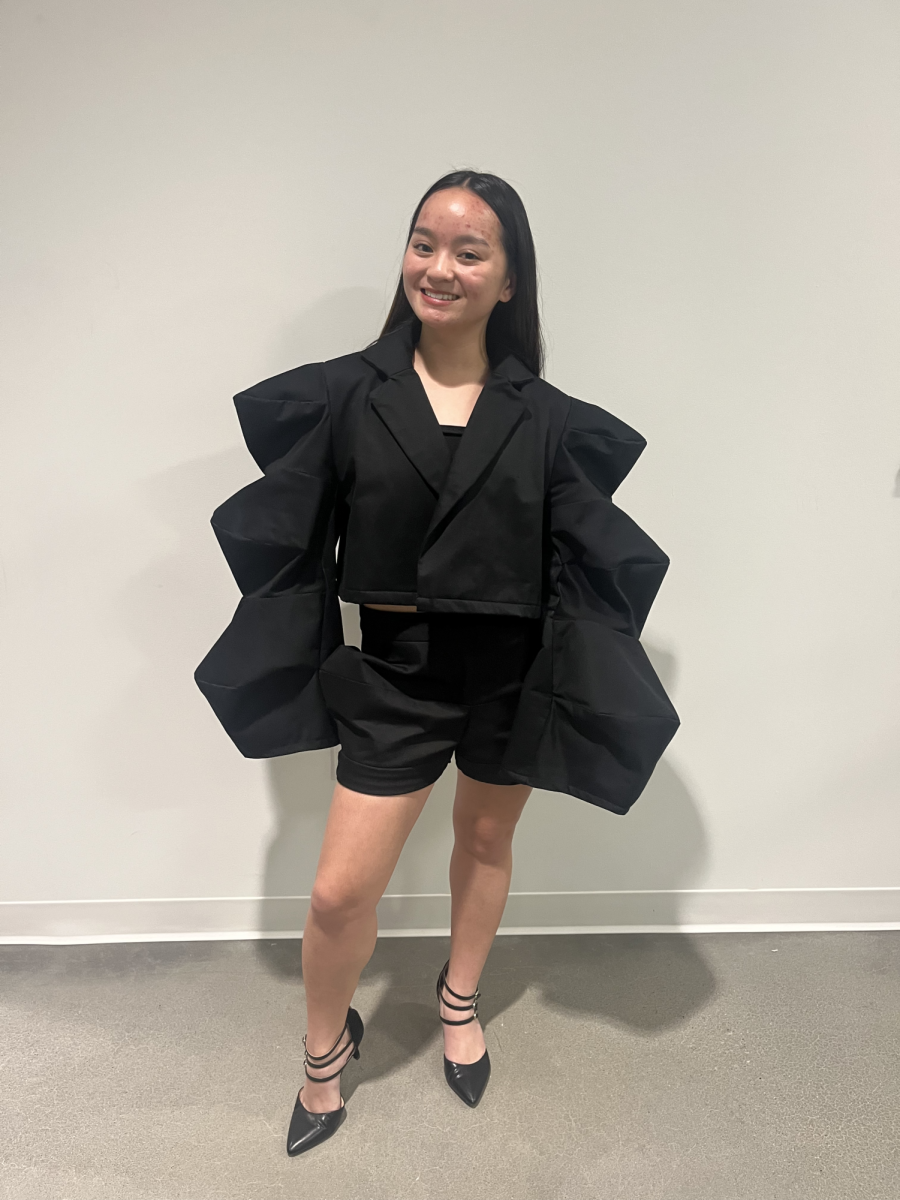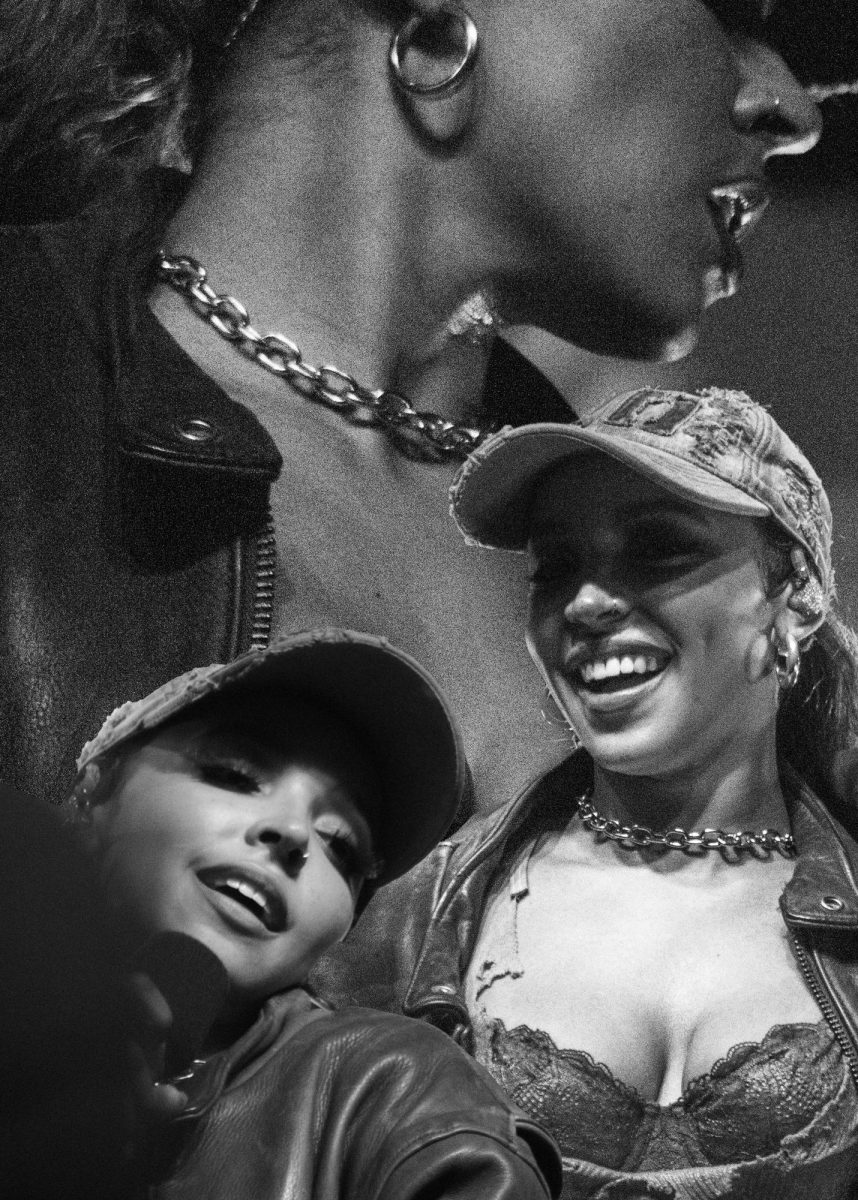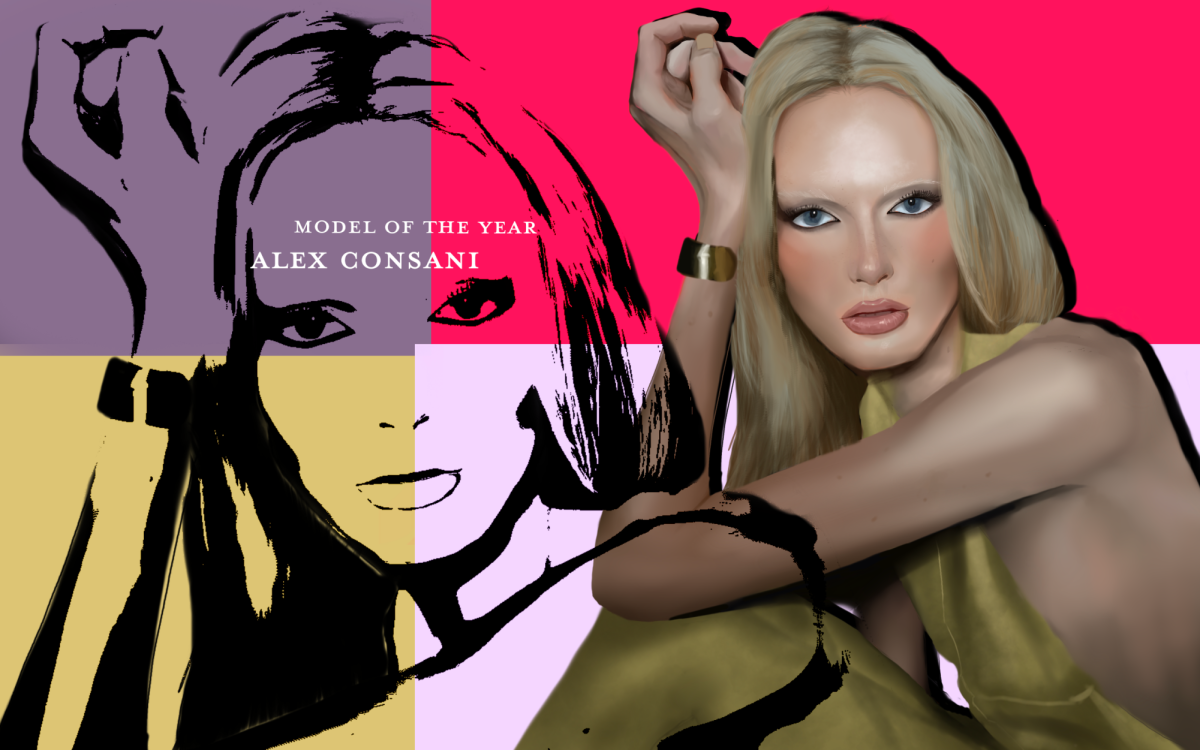
Many designer and luxury brands feel out of reach to consumers. Exclusivity and cost are the biggest barriers, and brands nurture this prestige in order to be aspirational and desirable.
Prices for designer fashion are several times the cost of mass-market apparel, and limited edition items, small production runs and a selective means of distribution keep luxury items in the hands of a very specific customer.
So how do these brands make themselves more accessible and affordable to a wider audience?
Currently, we are in the era of designer brand and mass market collaboration. Where luxury brands were once highly protective of their image, they now partner with popular, more accessible brands to increase brand visibility and target more diverse demographics.
Some examples of collaborations include Sandy Liang and Collina Strada with Baggu, Cecilie Bahnsen with Asics, Ganni and Issey Miyaki with New Balance and J.W Anderson with Uniqlo. These partnerships exemplify how brands can create a sought-after product that is still extremely coveted at a much lower price point than their typical merchandise
When asked about his collaboration with Uniqlo, J.W Anderson focused on wearability and his own fashion philosophy. “For me, the point of doing this collaboration was that I believe in democracy in fashion, and what I hope will be achieved is that any age demographic can pick up and find something within the collection to relate to,” Anderson said.
Designers also partner with brands to further extend the image and values of their brand. Collina Strada’s collaboration with Baggu was “built on a shared belief that sustainability and self-expression need to be at the forefront of product design,” said the brand’s founder Hillary Taymour. Sandy Liang used her collaboration with Baggu to share the “nostalgic sensibility” of her brand.
Brands also use collaborations to highlight talent in the design community. Aside from releasing their own takes on New Balance’s classic styles, Ganni also gave artists the opportunity to interpret the T500 sneaker in their own way. These pieces were featured in the brand’s Copenhagen Bremerholm store.
These partnerships are also host to a variety of other benefits for both sides. They lead to more media coverage, more social media hype and diversified product offerings. They also target a wider audience, increase brand visibility and can create an aspirational pathway for consumers.
Despite these benefits, brands can also face backlash if consumers perceive flaws in the partnership, if the brand image becomes diluted, or if there is a disconnect between the designer brand and their chosen retailer.
This new era of partnerships has opened up a conversation on whether or not these collaborations are beneficial, profitable and desirable. Positives and negatives aside, they’re presenting designer goods to new audiences and allowing designers to reimagine their product offerings.


